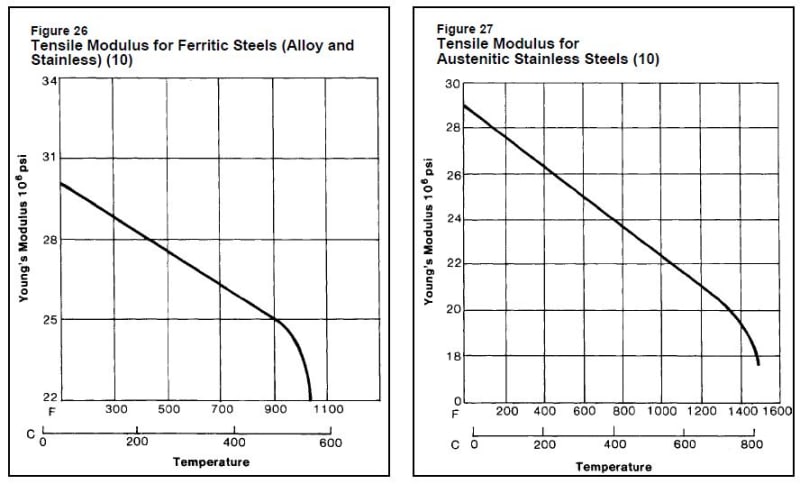acspain
Mechanical
- Feb 23, 2011
- 48
Good Afternoon,
We need help in selecting an appropriate bearing technology for an application. We don't have a complete specification yet and can design around the bearing choice.
The basic criteria is 900 F temperature, 3 rpm max, 100-200 revolution life over course of 5 years.
Output bearings, 1 inch shaft, combined axial and moment load could be as high as 1000 lbs.
Research on the web is pointing us to ceramic but that is presenting issues with mounting on stainless steel shafts and in stainless steel bores from a coefficient of thermal expansion viewpoint.
Thank you for your help.
We need help in selecting an appropriate bearing technology for an application. We don't have a complete specification yet and can design around the bearing choice.
The basic criteria is 900 F temperature, 3 rpm max, 100-200 revolution life over course of 5 years.
Output bearings, 1 inch shaft, combined axial and moment load could be as high as 1000 lbs.
Research on the web is pointing us to ceramic but that is presenting issues with mounting on stainless steel shafts and in stainless steel bores from a coefficient of thermal expansion viewpoint.
Thank you for your help.

